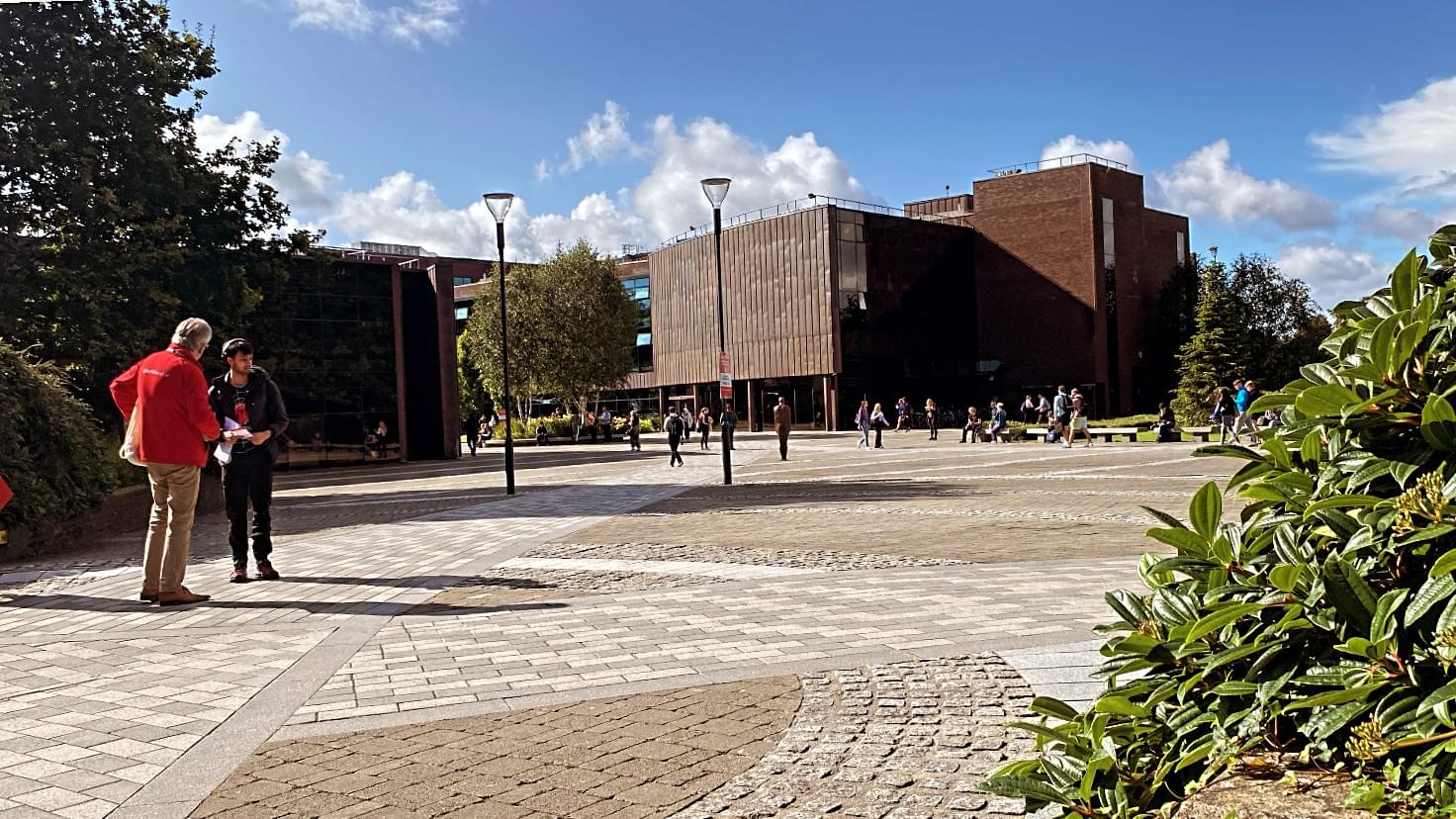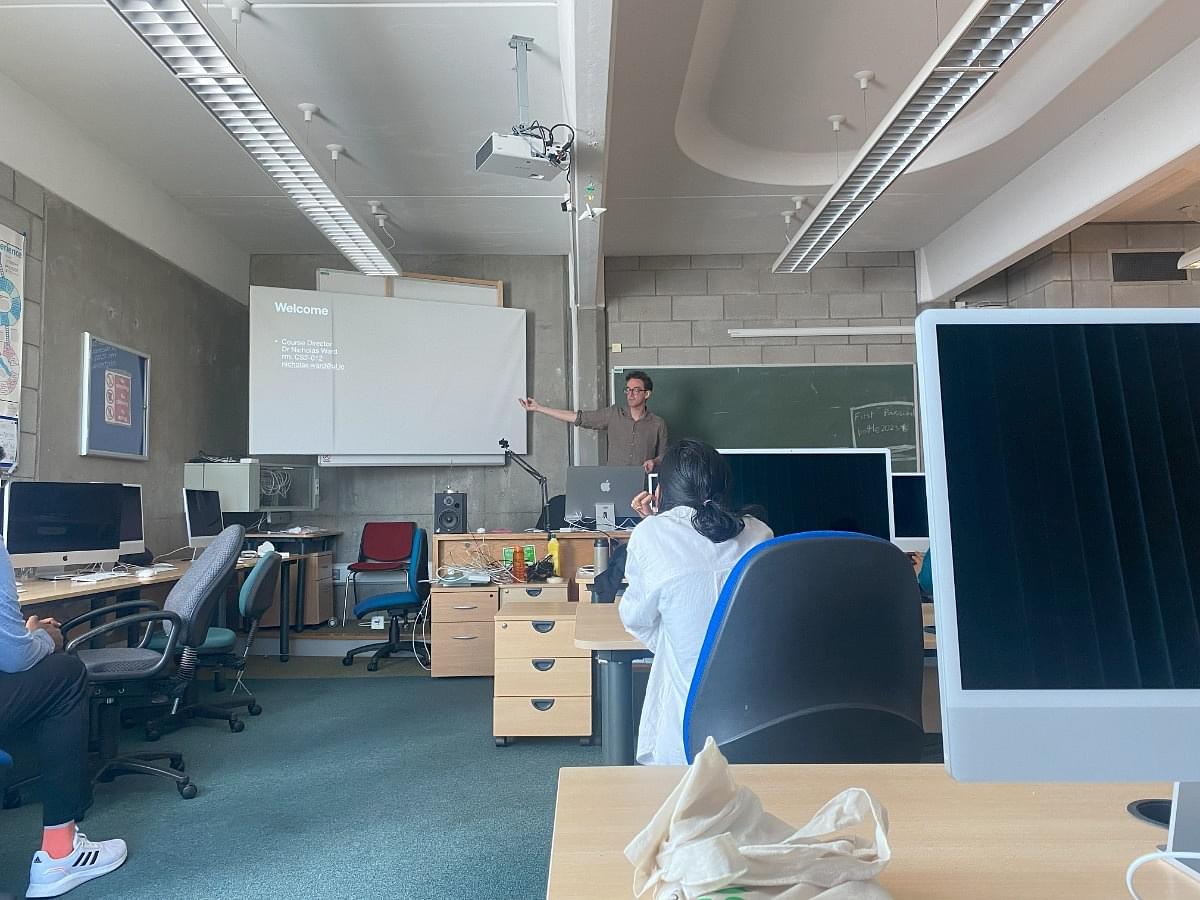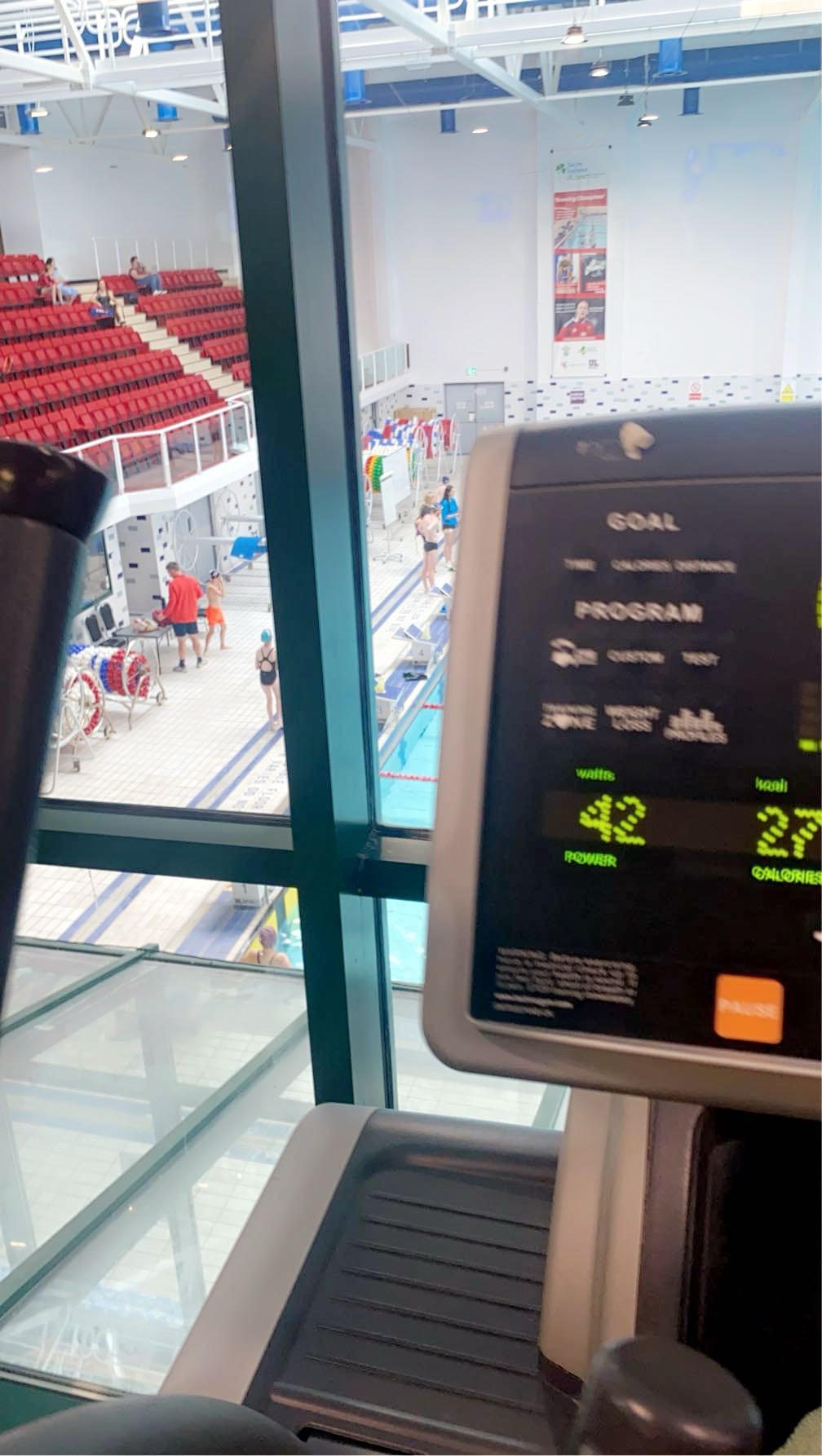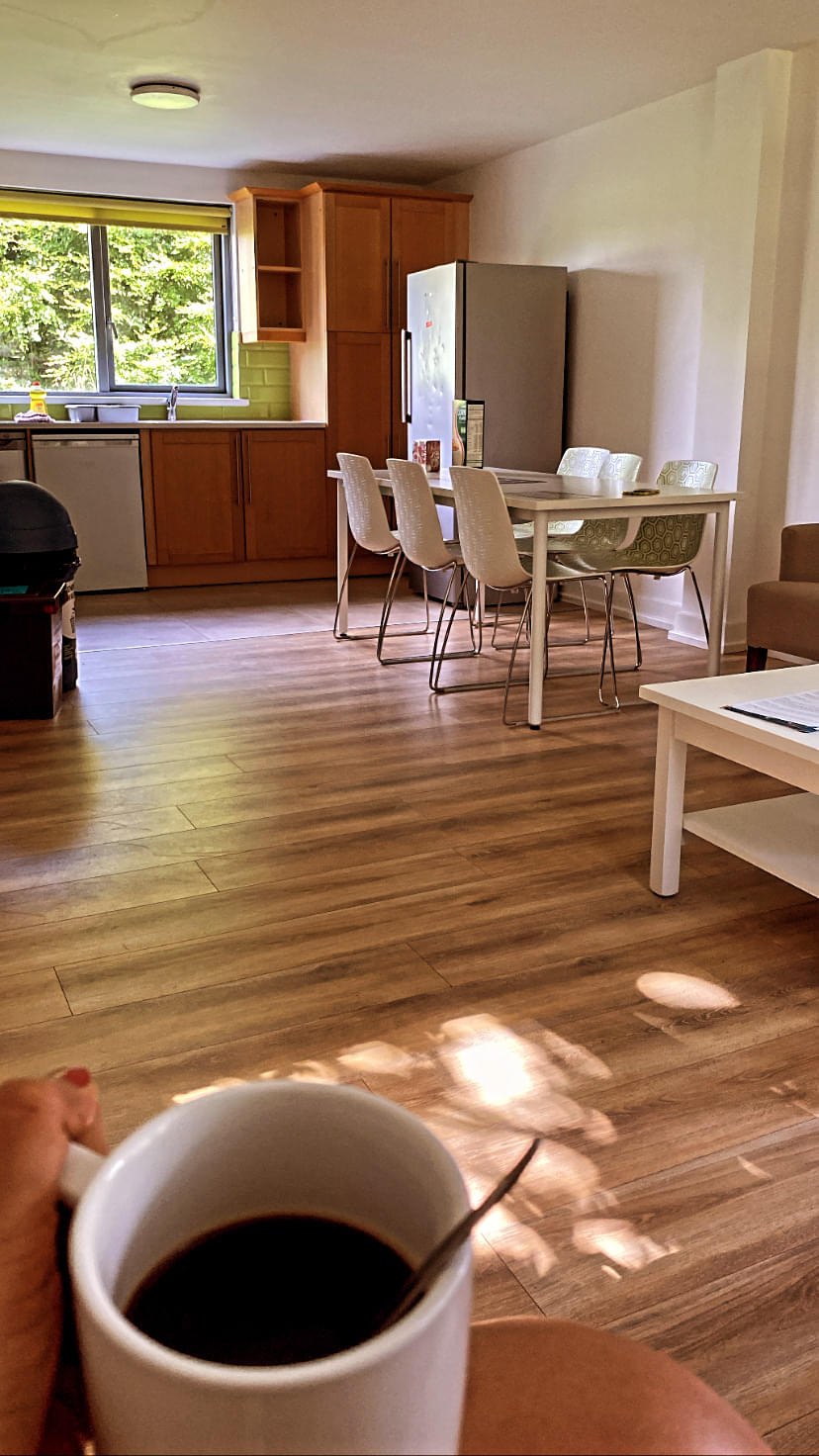What Students Say
Likes
- College Infrastructure
- Professors and their way of teaching
- Affordable living on-campus
Dislikes
- There is nothing to dislike about the University of Limerick. Everything is so perfect apart from some unknown incidents that happen on-campus late at night but that is something that the faculty cannot do anything about as it is an open university and one has to be vigilant enough to take care of oneself.
Course Curriculum
- The difficulty level of my course curriculum was both practical and theoretical, more towards the practical side.
- The positive aspect of this course was that I lacked technical knowledge, which helped me to learn while I had a good knowledge of practical industry work.
- The negative aspect, I feel, is that few subjects that we enjoyed could have more than just one single assignment.
Admission Experience
- I have applied to 5 colleges out of which I was rejected from 2 colleges, shortlisted by 1 college, forgot the credentials for 1 college and didn't complete the documentation of the 5th one.
Also, I received confirmed admission from the University of Limerick along with a scholarship.
I received a rejection from 2 colleges which were based in Dublin ie. TUD and Maynooth University. - The competition in Ireland is already so much that rejection was expected. Almost, more than 2000 applicants all across the world had applied for this course in Ireland. So rejection was expected. Though my portfolio and work experience was a plus point but at times luck also matters.
- The University of Limerick is a complete world on its own. My main criteria while choosing universities were the infrastructure, student living, on-campus facilities, course modules along experiencing diverse communities all went well with UL. So I was happy with my decision.
- The admission process involved firstly with few documents like a college admission form, portfolio, cover letter and resume. Secondly, I had a 30-minute video interview on zoom with the course director where he told me out of 1000 applicants only 20 would be selected for this course. Thirdly, an admit letter along with a scholarship letter was mailed to me.
- The eligibility criteria were to take the IELTS /TOFEL exam and a bachelor's degree in design/engineering or computer science field. As I had given the IELTS exam I knew that a minimum of 6.5 was required to meet their requirements.
- The overall admission experience was very smooth with no hurdles such as the university was quite response to emails.
- I did apply for Fall intake. I did not have any such criteria for applying for any specific intake. Few people have specific intake preferences but I did not have any.
- The admission process took nearly a month time, actually even less than that. I applied in mid-October and I got my admit letter in November. So it was a very quick process which I liked about UL.
Class Schedule
- The classes usually run from 9 am to 6 pm from Monday to Friday, depending upon the timetable. Some days, we had only one lecture, some days two, or there were days when we had lectures the entire day.
- The average number of students in my class was 21 (18 were Indians, 2 Chinese and 1 Irish).
Faculty
- The faculty-to-student ratio was 1:21, but it was not that the professor used to teach and students used to listen, but it was the other way around. The students had to give presentations and communicate more communication, and it used to be an interactive class.
- I feel the teaching methodology was quite content and helped students prepare their portfolios and secure good jobs in the industry.
- Yes, faculty members were quite supportive in assisting students to find good jobs, whether full-time or part-time jobs.
- All the faculty members were quite supportive, but I still remember one of our professors, I won't take his name, who was pursuing his PhD at the same time, helped us and understood each student's ideas and encouraged us to think out of the box by giving us a variety of assignments which helped us create a beautiful portfolio. His assignments were quite innovative and unique making us learn a lot of tools.
Campus Life
- The University of Limerick has only one campus with a variety of colleges within it, covering different fields.
- A number of facilities are available on campus, which include the UL library, sports arena, medical service centre, student union club, PSU, cafes and restaurants, etc.
- UL celebrates each country's festival like its own, whether it's Diwali or the Lunar Year.
- A lot of extracurricular activities happen on campus, like the 10 km marathon for sports enthusiast, swimming competitions, and cultural events like Diwali, Lunar Year, Halloween Party, Ball Night, etc. conducted by the student organization also known as PSU.
Part Time Jobs
- The chances of TA, RA or DA are very rare, you have to be extra-ordinary to grab one. The pay range is quite good, I feel around 20-25 euros an hour. The other part-time jobs available for students depend upon your interest whether you want to work in a departmental store, restaurant or a bartender. The per-hour wage changes every year but currently, it is 13.50 per hour. As a student, you will be on stamp 2 so you are allowed to work 20 hours per week but during winter and summer break you are allowed to work 40 hours per week.
- Securing a part-time is equally difficult as a full-time job as you have a lot of competition so be patient and keep looking for one as soon as you get your stamp2 and PPSN.
- Students usually earn 13.50 but at times they do get less or at times even more. And on Sundays, they get extra pay. Securing a job along with your studies is a personal preference as you have to balance both. To secure part-time, the best advice I could give is to keep circulating CV at every store of your interests. Indeed, it doesn't help much. It's all luck based game. Once your CV is selected they will ask you to come for a trial basis if they like your performance, they will keep you.
Placement
- 2 to 3% of people secure employment within 6 months of completing their course. It takes time, but it's all worth it.
- The research that I have done states that if in my field you have some sort of experience you can easily get 50000 to 65000 euros annually.
- Finding jobs after graduation is quite challenging, but keep hunting on LinkedIn, build connections and keep networking.
- In Europe, universities don't provide placements so it's typically you who has to do all the work. A lot of companies hire UX/UI but at the same time competition is a lot.
- Major companies that hire are KPMG, EY, PWC, etc.
Accommodation
- I preferred on-campus accommodation, which I searched on the university's website.
- My monthly rent was 740 euros including bills as I lived in a 6-bed apartment with ensuite rooms non-sharing. There were a variety of facilities available like free gym, sports, on-campus pub, and free events available for students on-campus.
- As Ireland is known for the housing crisis, my challenge was to find a room for me, so I preferred on-campus accommodation. My only advice for future students is that on-campus is a bit expensive but is reliable compared to off-campus. Even if you opt for off-campus, please get it verified through a reliable source and then only make the payment to the landlord. A lot of scammers are hunting for students like you!
- My accommodation was on-campus, a 5-minute walk to my main building. Most of the Indians prefer living on campus as even they know living on-campus makes life easier.
Exams
- The exams required are IELTS/TOEFL (mandatory)and GRE/GMAT (depends).
- The documents necessary are SOP, LOR, CV, Portfolio and a 5-minute video of why you want to join the course.
- Yes, I did give an interview for this course. The interview was conducted by my course director to understand my knowledge about the particular field. There was no format as such but an informal communication trying to understand my in-depth knowledge about my field and my future goals.
- This helps them to understand the student's interest in the course and whether he/she will be the right choice for this course as the seats are limited and the applications are a lot.
Fees
- The fee structure breakdown is as follows: 1500 euros were my scholarship fees, 8500 euros were my entire year's accommodation fees and tuition fees were 16000 euros.
- The fees charged were as per your preference. I preferred to pay all together.
- The estimate of monthly expenses depends upon the individual preference as to how he wants to spend as per the limited budget decided or lavishly. But for a person coming from a humble background, 1000 euros per month would be sufficient which includes accommodation rent, food and some shopping. For transportation, a student leap card is advised to be made as soon as you enter Ireland which makes you save some of your expenses along with a PPSN which helps you get a part-time job (works as a government ID which helps to track your taxes that you pay to the government).
Scholarship
- Yes, I did receive a scholarship of 1500 euros, which helped me to pay less for my tuition fees. The name of the scholarship was the University of Limerick Postgraduate Scholarship. The criteria for this scholarship to avail is to have good credits in their bachelor's along with work experience in this field.
- A few of my batchmates received a scholarship of 1500 euros.
- 0.1% (up to 125 students) receive scholarships each year. The typical amount varies but most of them get a 1500 euros scholarship.








